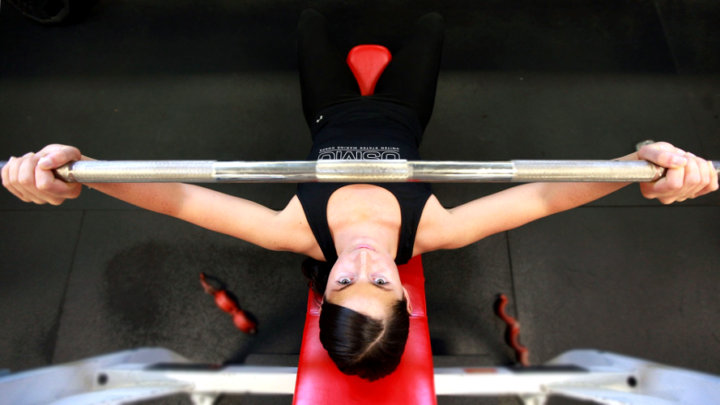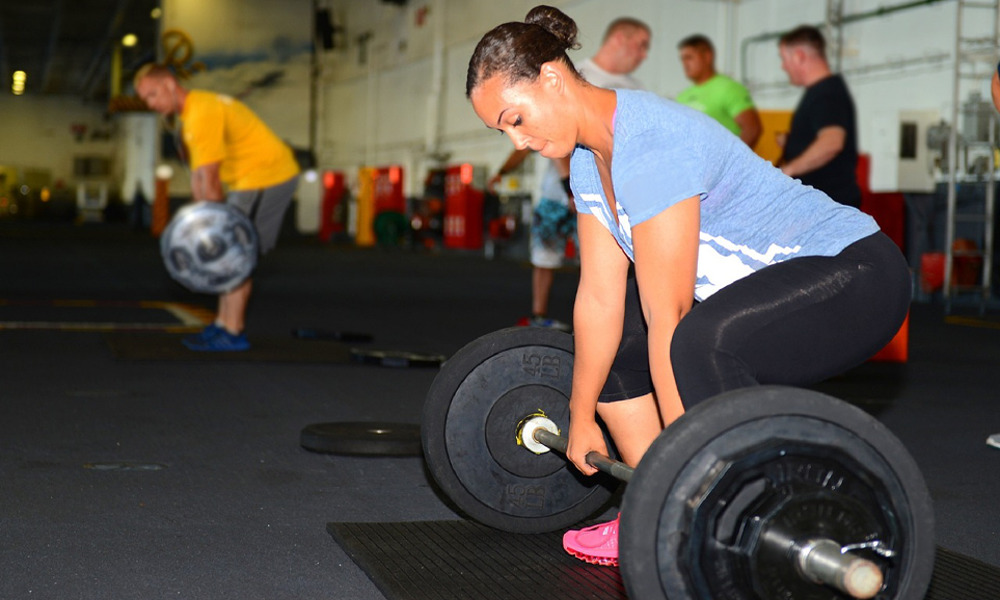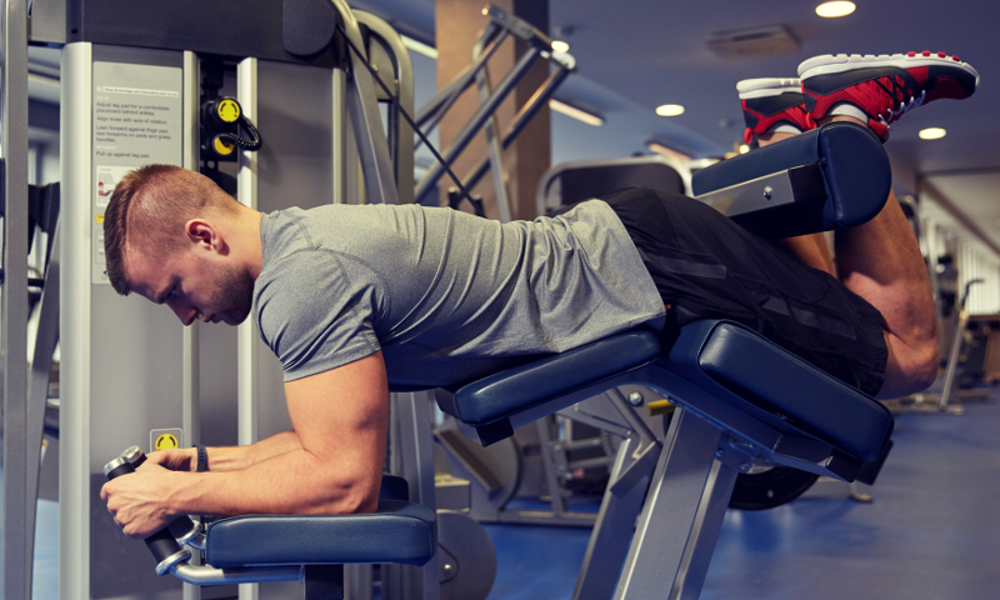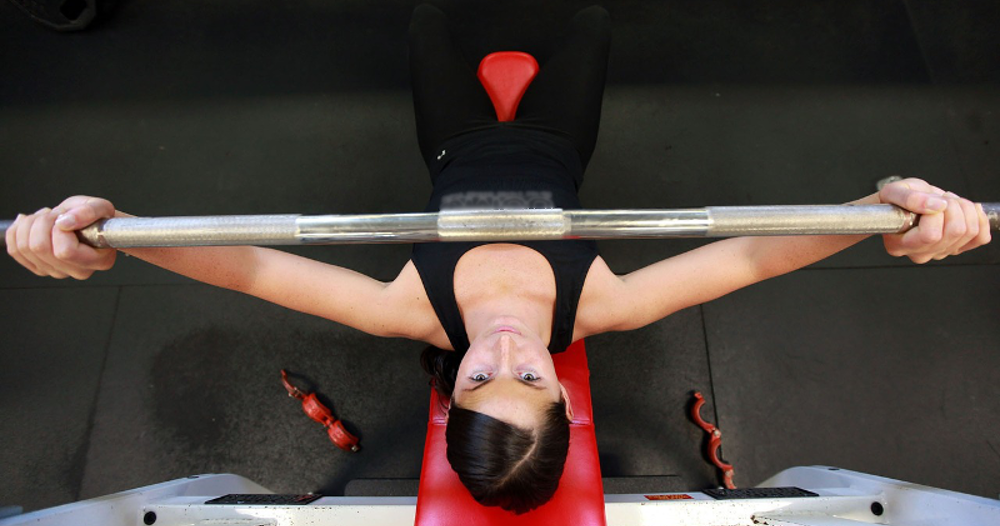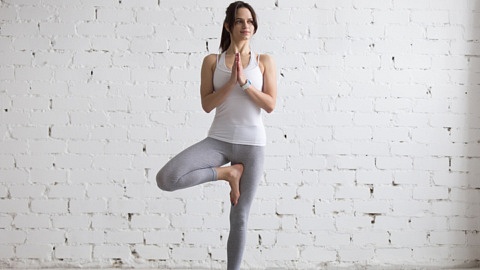The summer heat and working from home has many people interested in enjoying outdoor activities, all the while maintaining social distancing, of course....
About the Author
Kimberlee Fabian
Personal Trainer at Pure Fitness/ Private In-home Trainer
Over fifteen years of helping clients look and feel their personal best through tough but balanced workouts. Former competitive gymnast and coach.

